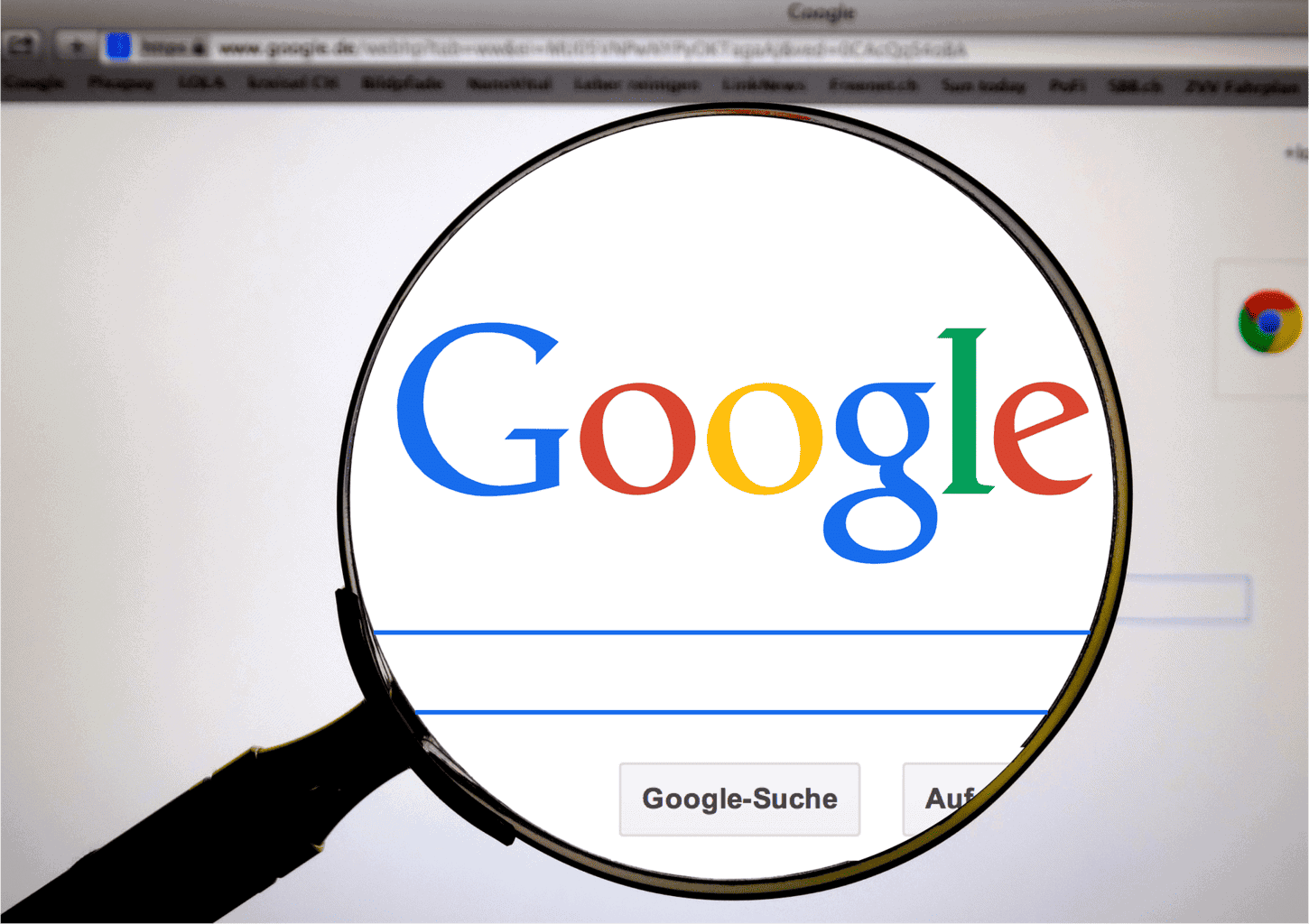Image previews removed from Google search

There’s big news in the world of search as Google switches things up once again. This time they’re tackling their image search, by removing the option to preview the content without visiting the site. Changes as big as this certainly have an effect on the affiliate market, so let’s delve into it!
Prior to this change, it was possible for users to look at the full sized image from within the search results without going onto the site. This had some negative effects for affiliates, as people wouldn’t actually have to go to your site to take in a quick preview of your content. This also had yet another effect on copyright, which led to Google adding a disclaimer stating that any copyright concerns were the responsibility of the searcher.
Why change this now?
Despite the disclaimer, Google has been wrangling with the likes of Getty Images over copyright implications of their image search platform. The idea of being able to save a picture without seeing the context of it on a site means that the user may not have all of the information they need to decide whether they need to enquire about accessing further rights or not. They’re also going to make copyright disclaimers even larger in the search. With Getty Images being notoriously litigious, it’s not surprising that Google are switching things up in order to accommodate them. They want to protect themselves and the user going forward, according to a recent series of tweets taking place around this subject.
What does this mean for affiliates?
It’s actually an interesting new way to attract traffic (eyeballs) onto your website. When used correctly visuals can force people onto your site during the browsing stage – if they are enticed to look further like an infographic or slot screenshot.
This means that the page on which these high ranking images sit should be top quality and a good place to send traffic to. Ideally, you want to sell these users and get them moving to a partner site where they can deposit and bring in revenue.
To reach these coveted image spots, you need to make sure you’re following the best practice for images. That means adding in alt tags, descriptions and titles. Use keywords from the article and related search terms, but keep things natural too. Don’t keyword stuff in the description, add these in as alt tags and link out to related content too. Building up your rankings with images really isn’t all that different to increasing your organic SEO. Don’t try to school Google at their own game, just create content that people really want to see.
This may require you to get a bit more creative and invest a little into design too, but it’s well worth experimenting with. If you can get in on the ground floor with this trend, you’ll have yourself well placed in the search results before everyone else. As certain keywords become more competitive, it’s a lot harder to jump up those rankings, so move fast or you will lose out. Finding niche traffic that you aren’t competing for is like gold dust to affiliates in competitive markets.
Think carefully about the type of images that you make and whether they would lead to the right user clicking through to your site. The positive persona that you use to create your content and brand voice comes into play here too. If you attract the wrong person to your site or mislead the user, you’ll just end up with a higher bounce rate.
Google never stays still for long and this latest change will likely be tweaked as time goes on. If you want to learn more ways to market your brand and increase your valuable traffic, then book your ticket to one of our FREE Affiliate Bootcamps. Here, you’ll learn useful strategies from the best in the industry and then you can get working on bootstrapping your own marketing.






